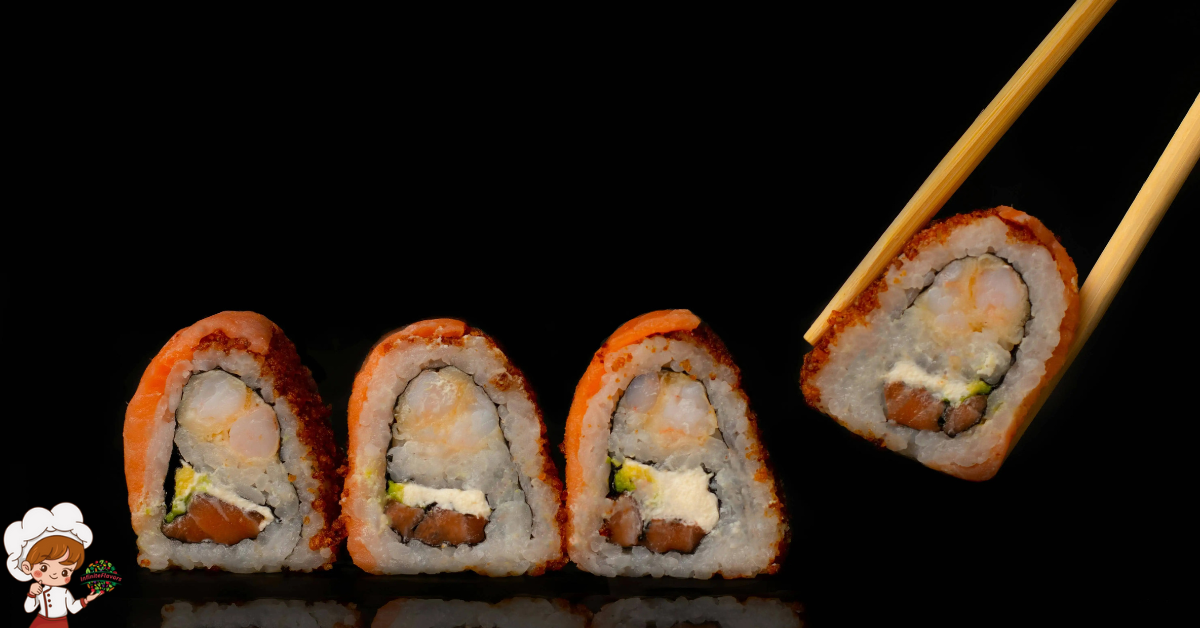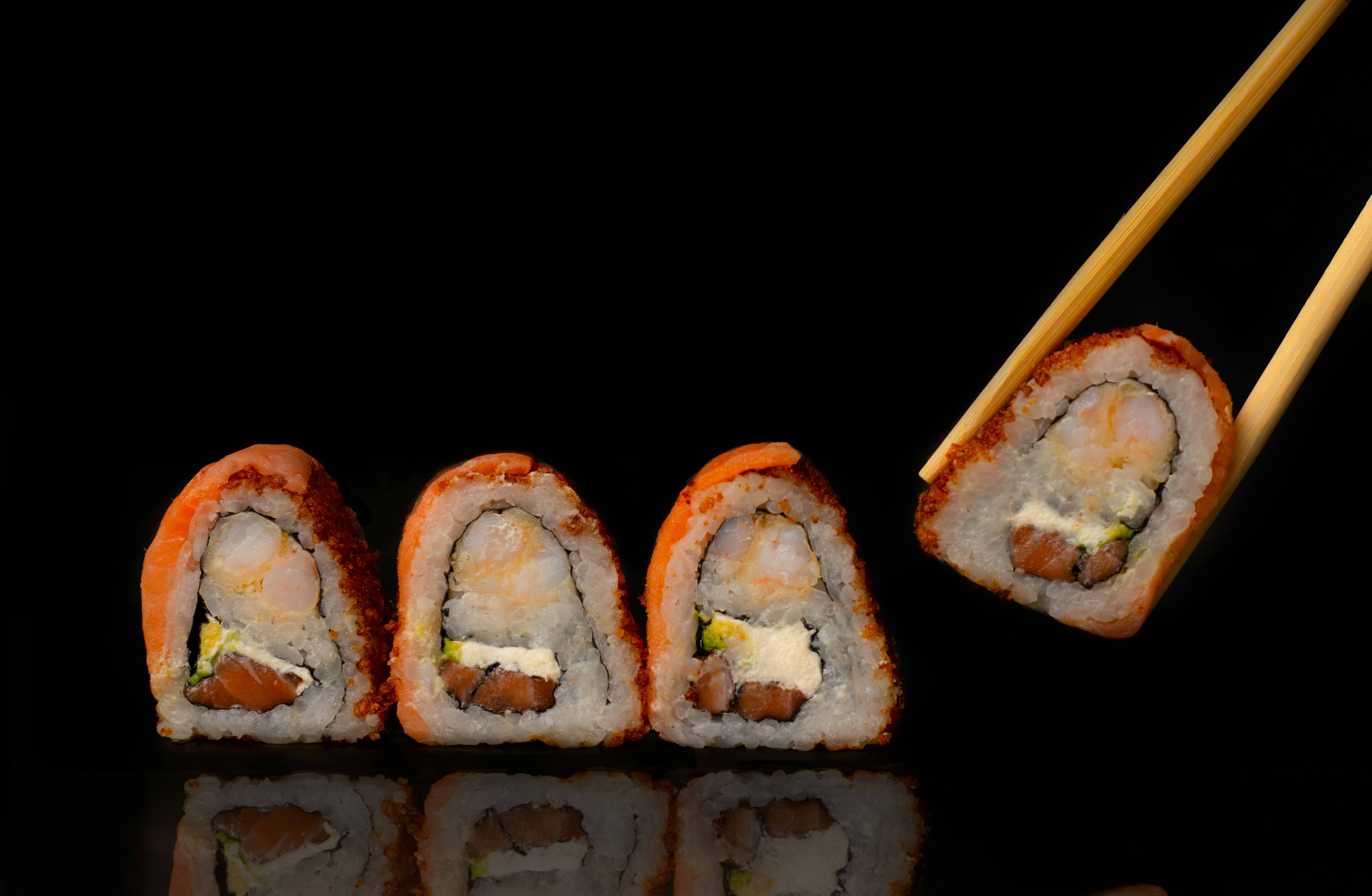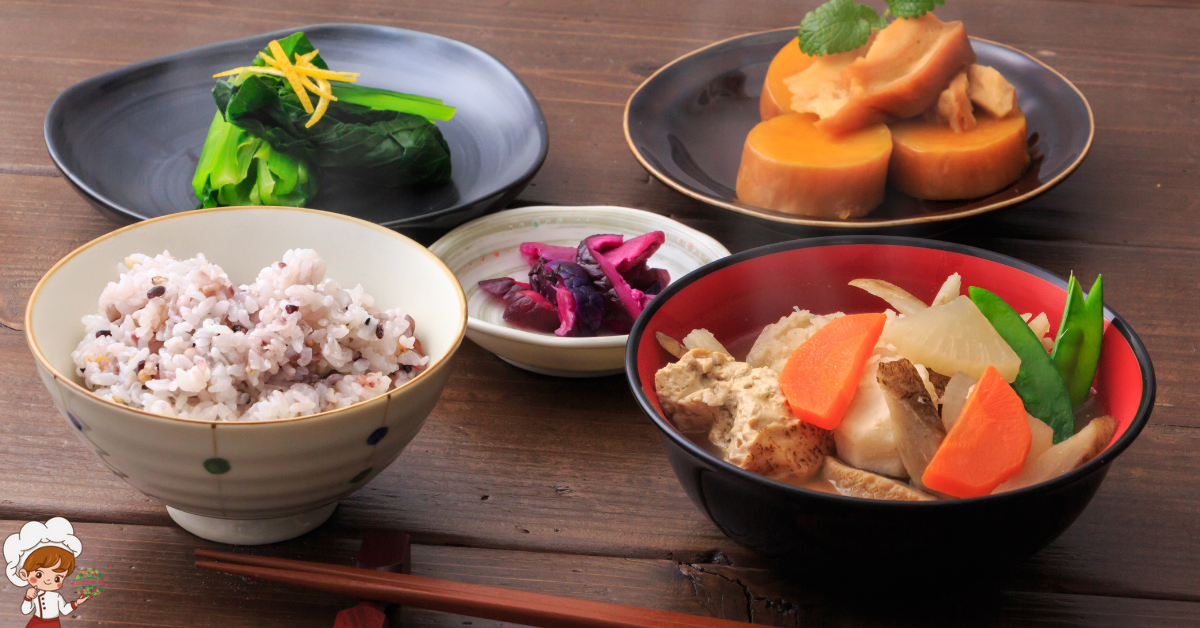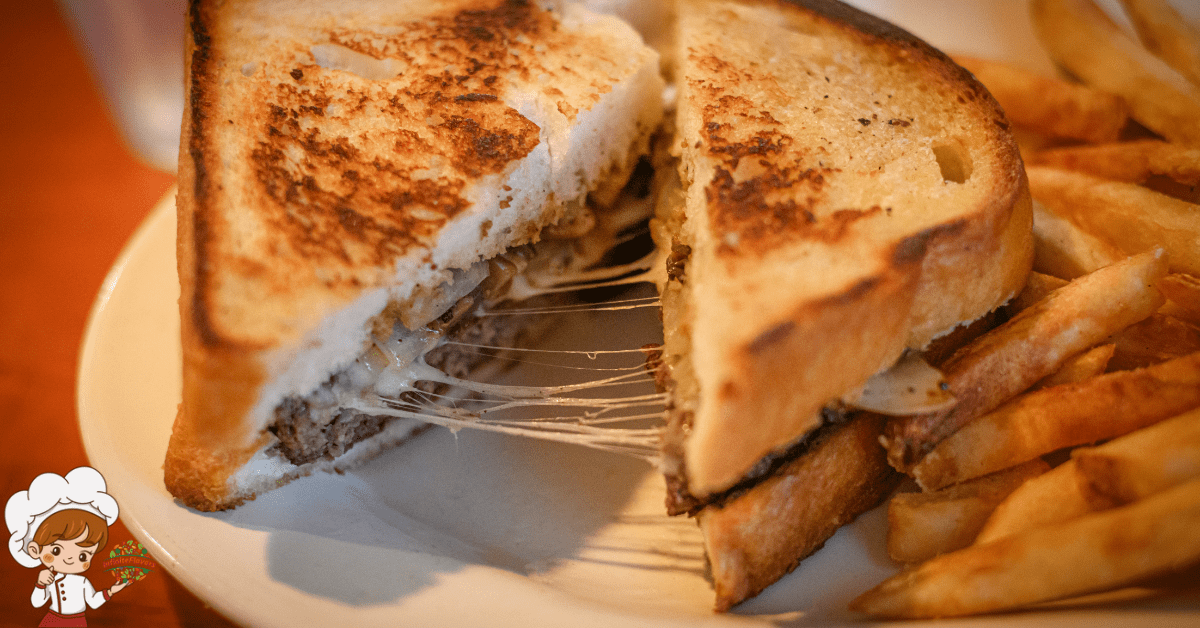Unveiling the Story of Amazing Japanese Sushi

Japanese Sushi, with its delicate flavors and artful presentation, has become a global sensation, adored by food enthusiasts worldwide. But the story behind this iconic dish is as rich and diverse as its flavors. Join us as we delve into the captivating history and origin of sushi, tracing its evolution from humble beginnings to its status as a culinary masterpiece.
Origins in Ancient Japan: Exploring the Birth of Sushi
The story of sushi begins in ancient Japan, where the earliest forms of this iconic dish emerged as a practical solution to preserving fish. Dating back to the 8th century, Japanese fishermen discovered that fermenting fish with salt and rice could effectively preserve it for extended periods. This technique, known as narezushi, involved packing fish and rice in wooden barrels, allowing the fermentation process to take place over several months.
Narezushi served a crucial role in Japanese cuisine, particularly for communities reliant on fishing as a primary food source. By fermenting fish with rice, fishermen could store their catch for extended periods, ensuring a stable food supply during long journeys at sea or times of scarcity. The resulting product, though pungent and intense in flavor, provided essential sustenance for coastal communities.
Over time, the preservation methods evolved, with variations of narezushi giving rise to new styles of sushi. The use of vinegar in the rice, for instance, helped to accelerate the fermentation process and imparted a tangy flavor to the fish. This innovation laid the groundwork for the development of sushi as a culinary art form, setting the stage for its eventual transformation into the beloved dish we know today.
The origins of sushi in ancient Japan not only demonstrate the ingenuity of early Japanese fishermen but also reflect the deep connection between food, culture, and the natural environment. By harnessing the resources available to them, these ancient artisans created a culinary tradition that continues to captivate palates and inspire admiration centuries later.
Evolution in the Edo Period: Sushi’s Rise to Culinary Art
During the Edo period (1603-1868) in Japan, sushi underwent significant evolution, transitioning from a simple preservation method to a refined culinary art form. The bustling streets of Edo, present-day Tokyo, became a hub of culinary innovation and cultural exchange, shaping the trajectory of sushi’s development.
One pivotal advancement during this era was the introduction of nigirizushi, or hand-pressed sushi. Emerging from the bustling food stalls and sushi shops of Edo, nigirizushi revolutionized the way sushi was prepared and consumed. Instead of fermenting fish for extended periods, sushi chefs began to serve fresh fish atop hand-formed rice seasoned with vinegar. This technique preserved the delicate texture and flavor of the fish while enhancing the rice with a subtle tanginess.
The Edo period also saw the emergence of sushiya, or sushi restaurants, where skilled chefs honed their craft and elevated sushi-making to an art form. These establishments catered to a diverse clientele, from samurai and merchants to commoners, fostering an atmosphere of culinary appreciation and social interaction.
Additionally, the availability of new ingredients and techniques contributed to sushi’s evolution during this time. The development of soy sauce and wasabi provided complementary flavors to sushi, enhancing its taste and appeal. Chefs also experimented with various fish and seafood options, including tuna, salmon, and squid, expanding the range of flavors and textures available to sushi enthusiasts.
Furthermore, the Edo period marked the rise of Edomae sushi, a style of sushi that emphasizes the use of fresh, locally sourced ingredients. Edomae sushi chefs perfected techniques for preserving and preparing fish, ensuring that each piece of sushi showcased the natural flavors of the sea.
Overall, the Edo period was a transformative era for sushi, shaping it into the revered culinary tradition it is today. Through innovation, craftsmanship, and a commitment to quality, sushi evolved from humble beginnings into a globally celebrated delicacy, captivating taste buds and inspiring culinary excellence around the world.
Rise to Popularity:
Sushi gained popularity beyond Japan’s borders in the 20th century, thanks to the efforts of visionary chefs and entrepreneurs. In the early 1900s, sushi stalls began appearing in Tokyo, offering affordable and accessible sushi to the masses. In the post-World War II era, sushi bars emerged in Tokyo’s bustling streets, catering to locals and curious foreigners alike.
Global Expansion:
The 1960s saw the global expansion of sushi, fueled by increased travel and cultural exchange. Japanese immigrants introduced sushi to the United States, where it initially gained traction among adventurous eaters. Over time, sushi became mainstream, with sushi bars and restaurants popping up in cities around the world.
Cultural Significance: Sushi as a Symbol of Japanese Tradition and Global Cuisine
Japanese Sushi holds profound cultural significance in Japan and has transcended its origins to become an iconic representation of Japanese cuisine worldwide. Rooted in centuries-old traditions and customs, sushi reflects the cultural values, craftsmanship, and culinary heritage of Japan.
In Japanese culture, sushi is more than just a meal; it embodies the principles of harmony, balance, and respect for nature. The meticulous preparation of sushi is akin to an art form, where chefs meticulously select the finest ingredients, masterfully craft each piece, and present them with precision and elegance. This attention to detail reflects the Japanese aesthetic of wabi-sabi, finding beauty in imperfection and simplicity.
Moreover, sushi has deep-rooted connections to Japanese rituals and ceremonies, often featuring prominently in celebrations and special occasions. From traditional New Year’s feasts to weddings and business gatherings, sushi symbolizes auspiciousness, prosperity, and communal joy. Its presence at these events underscores its status as a cultural treasure and a cherished culinary tradition passed down through generations.
Beyond its cultural significance in Japan, sushi has gained immense popularity and recognition on the global stage. As Japanese cuisine spread across continents, sushi became synonymous with sophistication, culinary excellence, and cosmopolitan dining. Today, Japanese Sushi restaurants can be found in cities worldwide, catering to diverse palates and preferences while promoting cross-cultural exchange and appreciation.
Furthermore, sushi has evolved to accommodate global tastes and preferences, leading to creative variations and fusion interpretations. Whether it’s California rolls, spicy tuna rolls, or vegan sushi options, the adaptability of sushi reflects its ability to transcend cultural boundaries and embrace culinary innovation.
In essence, sushi serves as a cultural ambassador for Japan, showcasing its rich culinary heritage and fostering connections between people of different backgrounds. Its enduring popularity and cultural significance underscore its status as a global culinary icon, celebrated for its exquisite flavors, artistic presentation, and profound cultural heritage.
Japanese Sushi Modern Innovation:
Today, sushi continues to evolve, embracing innovation while honoring its time-honored traditions. Chefs experiment with new ingredients and techniques, creating inventive sushi rolls and fusion dishes that reflect global culinary influences. Yet, at its core, sushi remains a celebration of simplicity, balance, and the natural beauty of the ocean.

Japanese Sushi
Ingredients
- Sushi rice 2 cups
- Nori seaweed sheets
- Sushi-grade fish such as tuna, salmon, or yellowtail, thinly sliced
- Vegetables such as cucumber, avocado, or carrot, thinly sliced
- Soy sauce for dipping
- Wasabi paste
- Pickled ginger optional
Instructions
- Prepare the Sushi Rice:
- Rinse the sushi rice under cold water until the water runs clear.
- Cook the rice according to package instructions, using slightly less water than usual to achieve a firmer texture.
- Once cooked, transfer the rice to a large bowl and gently fold in sushi vinegar (rice vinegar mixed with sugar and salt) while the rice is still warm. Allow the rice to cool to room temperature.
- Prepare the Ingredients:
- Slice the sushi-grade fish and vegetables into thin strips. Make sure they are all roughly the same size for uniform sushi rolls.
- Assemble the Sushi Rolls:
- Place a sheet of nori seaweed shiny side down on a bamboo sushi mat or clean kitchen towel.
- Wet your hands with water to prevent the rice from sticking, then spread a thin layer of sushi rice evenly over the nori, leaving about 1 inch of the nori sheet uncovered at the top edge.
- Arrange your desired fillings (fish, vegetables, etc.) horizontally across the center of the rice.
- Roll the Sushi:
- Using the bamboo sushi mat or towel, carefully roll the sushi away from you, tucking the filling in tightly as you roll.
- Once rolled, use the mat to shape the sushi roll into a tight cylinder. Apply gentle pressure to ensure the roll holds its shape.
- Slice the Sushi:
- With a sharp knife, dampened with water to prevent sticking, slice the sushi roll into individual pieces, about 1 inch thick.
- Serve and Enjoy:
- Arrange the sliced sushi on a serving platter.
- Serve with soy sauce and wasabi paste on the side for dipping. Add pickled ginger for an extra burst of flavor and freshness.
- Enjoy your homemade Japanese sushi as a delicious and satisfying meal or appetizer!
Conclusion: Japanese Sushi
As we reflect on the history and origin of sushi, we are reminded of its remarkable journey from humble beginnings to worldwide acclaim. Whether enjoyed at a traditional sushi bar in Tokyo or a trendy fusion restaurant in New York City, sushi transcends borders, uniting people around the globe in appreciation of its exquisite flavors and cultural heritage.








